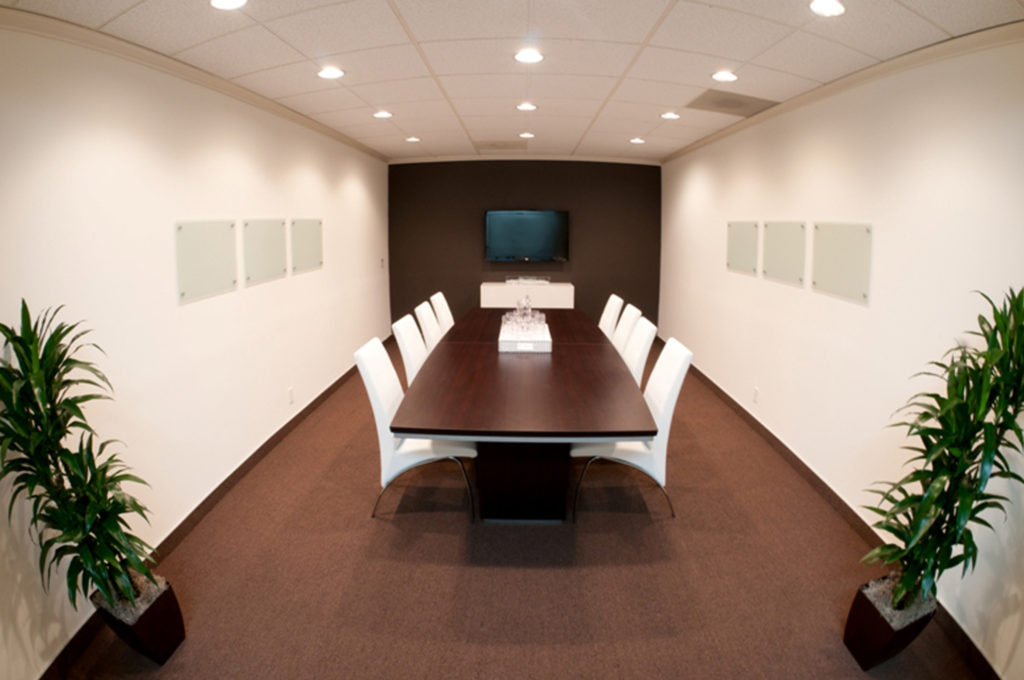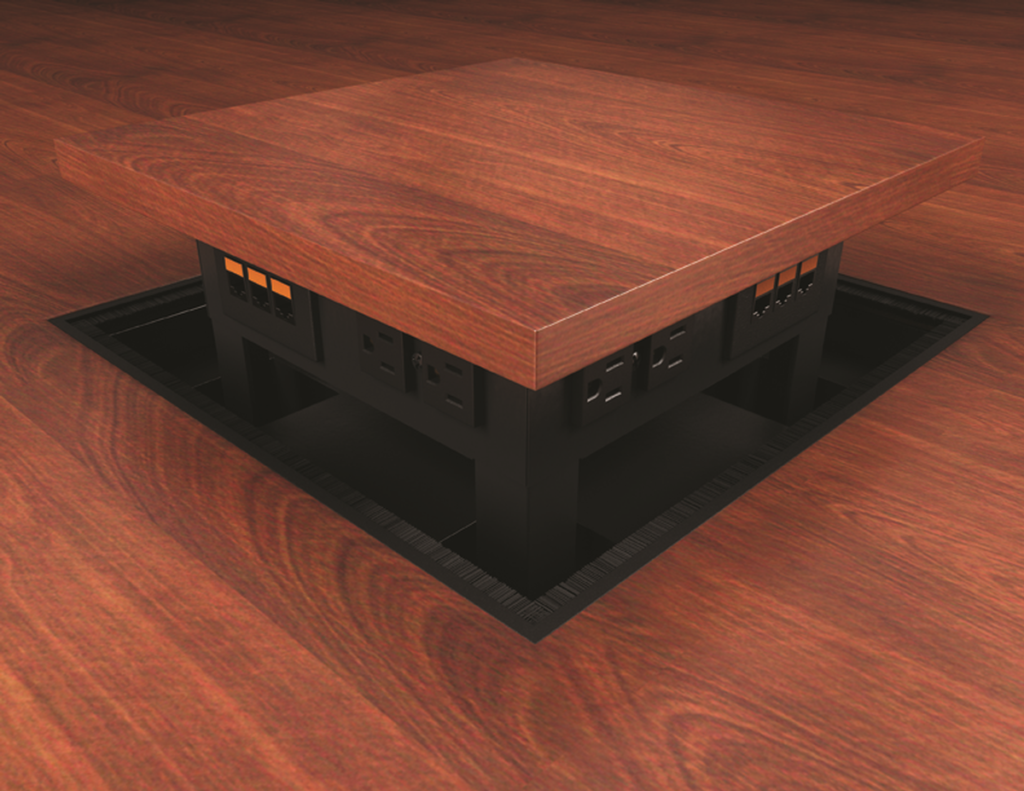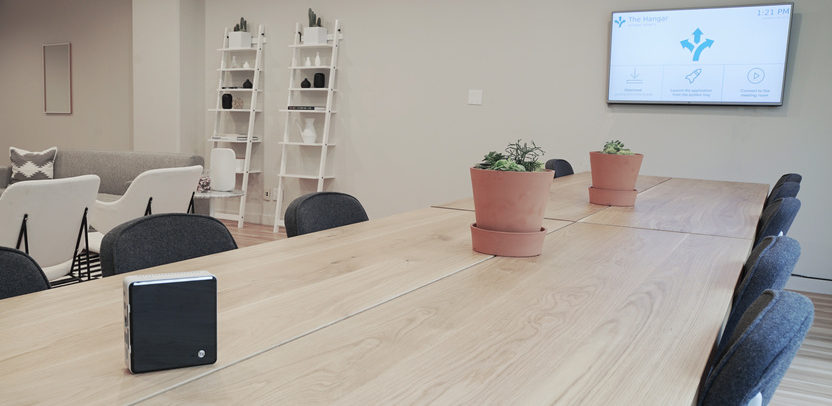Squirrels, criminals, and conference room designers all have one thing in common: In order to survive, they have to be really good at hiding things.
Just as squirrels must keep their acorns stashed away from the prying eyes of rival rodents, and just as criminals must keep the evidence of their crimes hidden from the police, so too must conference room designers hide mounds and mounds of cables from the conference room’s end users.
HDMI cables, VGA cables, mini DisplayPort cables, USB cables—all of these must be carefully concealed in a professional-looking conference room. Most designers will do this by drilling holes into walls, ripping out baseboards, and purchasing bulky desks with hidden compartments.
But one item that causes particular consternation among conference room designers is the conference room floor box (which, for those not in know, is basically the same thing as a conference table connectivity box, except located on the floor). Most designers try to hide it by making the cover the same color/pattern as the rest of the floor, but this usually backfires. Since the cables need an exit route, the cover has to have a hole in it, which creates the impression your conference room has a termite problem.
Other designers will approach the problem by deliberately making the floor box stand out, just as some architects put ventilation shafts on the outside of their buildings.
But these don’t have to be your only two options. Here are three other methods you can use to hide those unsightly conference room floor boxes.
1. Cover Them With a Plant

Most conference room floor boxes are no bigger than a square foot, which is roughly the same amount of space taken up by a medium-sized plant. By using a plant to cover the box, all your end users have to do is move the plant (usually less than 10 pounds), open up the floor flap, plug in their cables, and close the floor flap. When the meeting is over, all they have to do is open the flap, unplug their cables, close the flap, and put the plant back over the box.
The only drawback to this approach is that it almost does too good a job of hiding the floor box. Users who have never been in the conference room before will never be able to find the box on their own and will need to be informed of its location prior to the meeting.
2. Use a Motorized Solution

One way to avoid having an unsightly circular hole in your conference room floor is to not have the cable escape route at the top of the floor box. But if the cables can’t escape from the top, then they’ll have to escape from the sides, which means that the box will have to permanently protrude from out of the ground.
Or will it?
Not if the box is motorized. Rather than open and close a flap, all you have to do with a motorized solution is press a button and your connectivity ports will majestically rise up from out of the ground like Justin Bieber rising up from under the stage at the start of a concert.
It’s a cool effect, but you may want to get approval before implementing: Spending a few weeks’ salary on a motorized floor box (these things go for $2500 and up) could be seen as recklessly extravagant and could land you in trouble.
3. Cover It Completely and Get a Wireless Presentation Solution

The best way to camouflage a floor box is to put a carpet over it and nail the to the ground so that it never sees the light of day ever again.
This will make it impossible for end users to connect their laptops to the box’s ports, but if you invest in a wireless presentation solution, they’ll have no need for the box’s ports. All they’ll have to do to connect is
For more on wireless presentation solutions, click here.
ADDITIONAL READING
Conference Room Design: A Guide For the Perplexed
5 Must-Have AV Products For Your Conference Room
AV System Integrators: Are They Really Necessary?